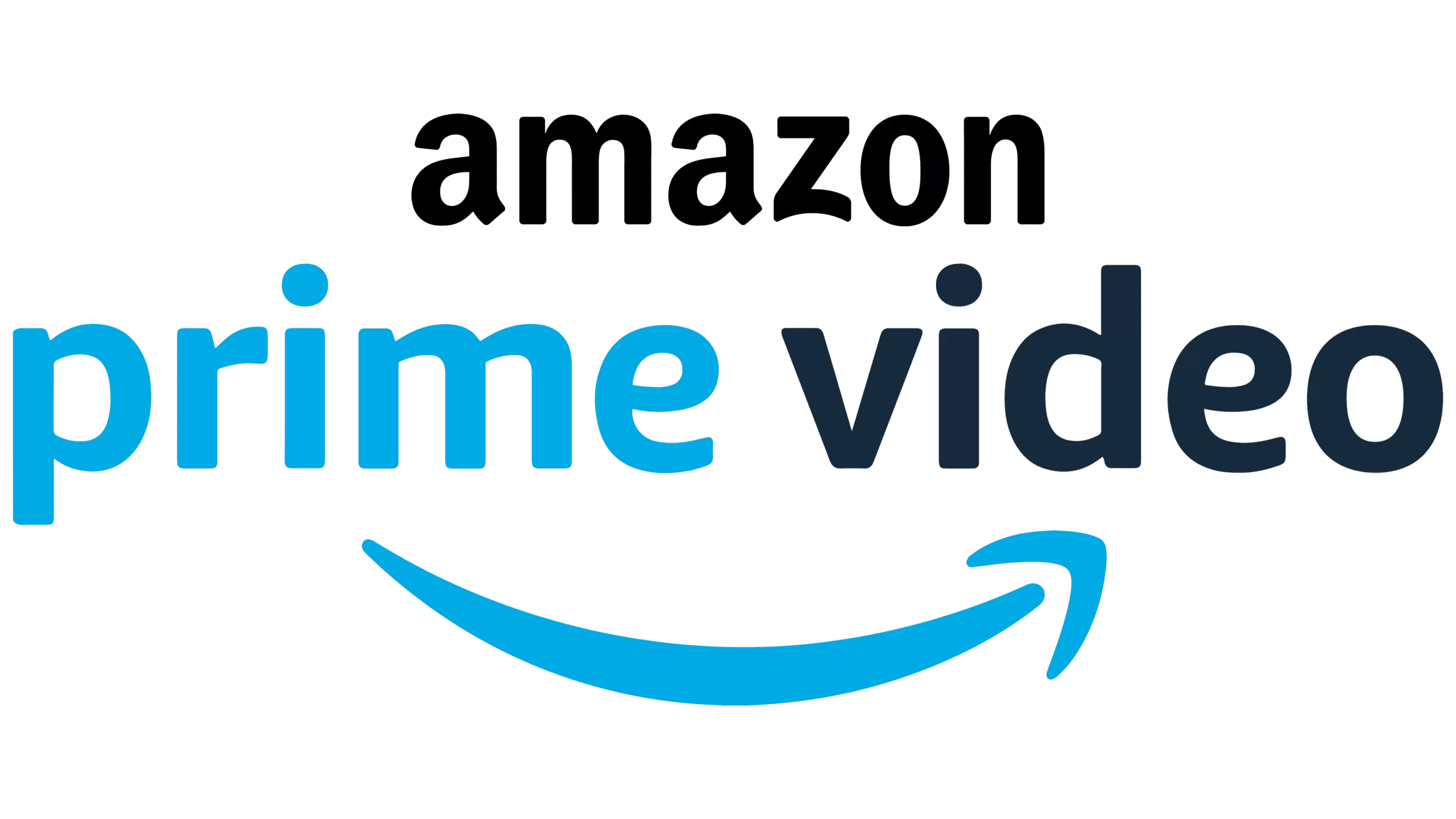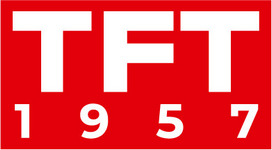
For studios and producers looking to showcase their work, Netflix and Amazon Prime Video offer unique opportunities and challenges. In this comparison, we’ll examine the benefits, guidelines, and potential drawbacks of partnering with these streaming giants to help you make an informed decision.
Benefits of Showcasing Your Work
Netflix
A massive subscriber base, offering your content exposure to over 200 million viewers worldwide.
A well-established platform with a strong focus on original programming, which can help your work stand out.
Netflix is known for allowing creative freedom to filmmakers and producers, fostering a positive environment for storytelling.
Successful Netflix Originals often generate significant buzz and critical acclaim, potentially boosting your reputation in the industry.
Amazon Prime Video
A part of the Amazon Prime subscription, which boasts over 150 million subscribers worldwide, offering significant exposure for your content.
Access to Amazon’s extensive customer data and analytics, which can provide insights into audience preferences and behavior.
The potential for additional revenue through Amazon’s video rental and purchase options, which are not available on Netflix.
Amazon Studios is open to both established filmmakers and emerging talent, offering opportunities for a wider range of creators.
Guidelines and Submission Process
Netflix
Netflix usually partners with established production companies, making it more challenging for independent filmmakers to pitch their projects directly.
If you have an agent or representative, they may be able to pitch your project to Netflix on your behalf.
Alternatively, partnering with a distributor or production company that has an existing relationship with Netflix can increase your chances of getting your work showcased on the platform.
Amazon Prime Video
Amazon Prime Video has a more accessible submission process through its Prime Video Direct program, which allows content creators to upload their work directly to the platform.
To submit your work, you need to create a Prime Video Direct account and follow the guidelines, which include technical specifications, content policy, and metadata requirements.
You can choose between two payment models: a revenue-sharing model based on hours streamed or an ad-supported model.
Potential Drawbacks

Netflix
High competition for a spot on Netflix’s platform, as the company is selective about the content it acquires.
No option to rent or purchase content, limiting revenue streams to licensing fees from Netflix.
Netflix’s algorithm may prioritize its original content, which can affect the visibility of your work on the platform.
Amazon Prime Video
A more cluttered user interface, which can make it harder for viewers to discover your content.
Potential lower viewership, as Amazon Prime Video has a smaller subscriber base compared to Netflix.
Amazon’s content policy can be strict, and they may remove content that does not adhere to their guidelines.
Conclusion
When it comes to showcasing your work as a studio or producer, both Netflix and Amazon Prime Video offer unique advantages and challenges. Netflix provides a massive audience and the potential for critical acclaim, but it can be more difficult for independent filmmakers to secure a partnership. Amazon Prime Video offers a more accessible submission process and additional revenue options but may have a smaller viewership and a less refined user interface.
Ultimately, the best platform for your work depends on your specific goals, the nature of your content, and the relationships you have within the industry. By understanding the benefits and guidelines of each platform, you can make a strategic decision to optimize your chances of success.









